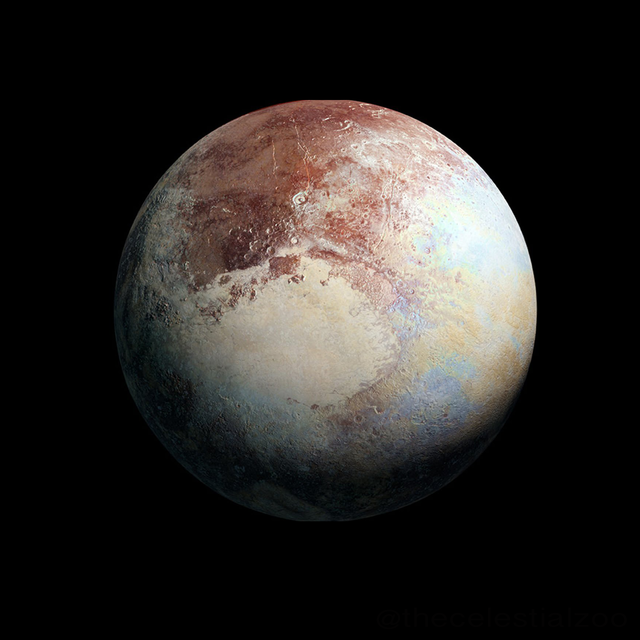Preliminary evidence for ice volcanoes on Pluto
April 21, 2022
Researchers associated with NASA’s New Horizons mission have discovered evidence on Pluto for the possibility of cryovolcanoes. Cryovolcanoes are volcanoes built out of frozen ice that once oozed molten ice from under Pluto’s crust. This discovery points to the presence of an internal heat source that drove the melting of nitrogen and methane ice that erupted at the surface, according to Science. “A history of cryovolcanism on Pluto is exciting because it shows that Pluto could somehow maintain heat and geophysical activity while being a great distance away from the Sun,” says Samantha Rosenfeld ‘22, a student researcher in the Physics department with a research interest in planetary science.
The features would be the first large ice volcanoes in the solar system, says Jeff Moore, a New Horizons scientist at NASA Ames Research Center in Mountain View, California, though the research team is not yet willing to say that the discovery is definite. The two features in question, named Wright Mons and Piccard Mons, are mounds of ice with rims towering about 5 or 6 kilometers above the surface. The rims of the mountains encircle pits that are nearly as deep as the mountains are tall. Both formations are located outside the southern tip of Sputnik Planum, a prominent ice-covered basin. Moore says that it’s interesting that the volcanoes are seen at the edge of the Sputnik Planum, a deep basin that was likely created by a large impact. The stress of such an impact could have opened up conduits in the icy crust.
Because of the extreme distances and power limitations of the radio antenna, data from the New Horizons encounter, which in June flew within 12,500 kilometers of Pluto’s surface, is still being beamed back to Earth. Just 20 percent of the total data has been retrieved, according to Alan Stern, the New Horizons principal investigator at Southwest Research Institute in Boulder, Colorado.







